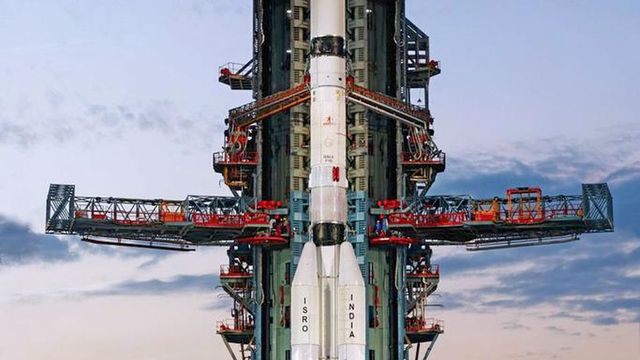 5Фото© thehindu.com
5Фото© thehindu.comISRO all set to launch NISAR satellite to study earth
Ahead of the launch of the NASA-ISRO Synthetic Aperture Radar (NISAR) satellite scheduled for July 30, the ISRO on Monday (July 28, 2025) announced that the satellite had been mounted on a geosynchronous satellite launch vehicle (GSLV), and all systems of the rocket had been checked.
After lifting off from the second launch pad of the Satish Dhawan Space Centre in Sriharikota at 5.40 p.m. on July 30, the GSLV-F16 rocket will inject the NISAR satellite into a 743-km sun-synchronous orbit.
Explained | What are ISRO and NASA aiming to achieve with the NISAR satellite?
The NISAR satellite, weighing 2,392 kg, is a unique Earth observation satellite. It will be the first satellite to observe the Earth with a dual-frequency Synthetic Aperture Radar (SAR) — NASA’s L-band and ISRO’s S-band — both using NASA’s 12-metre unfurlable mesh reflector antenna, integrated with ISRO’s modified I3K satellite bus.